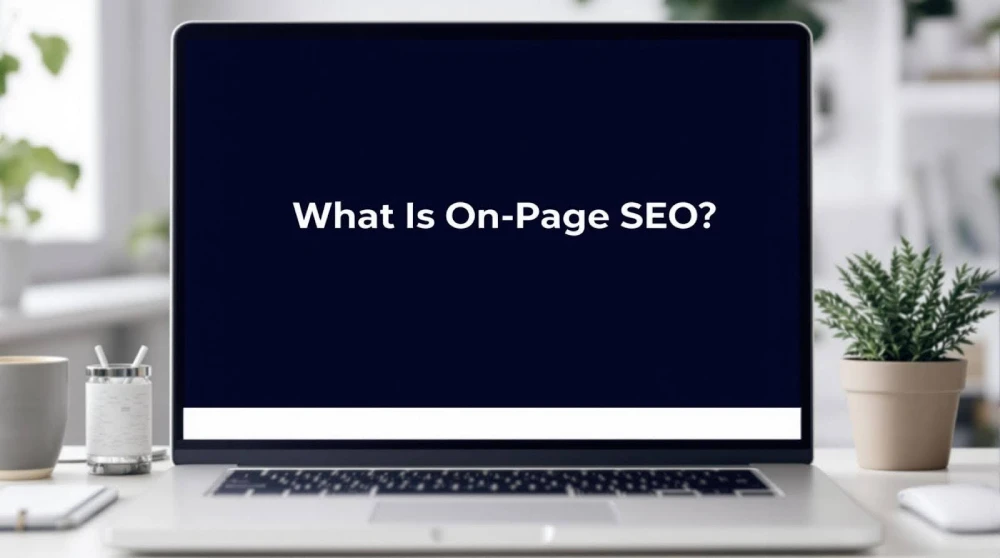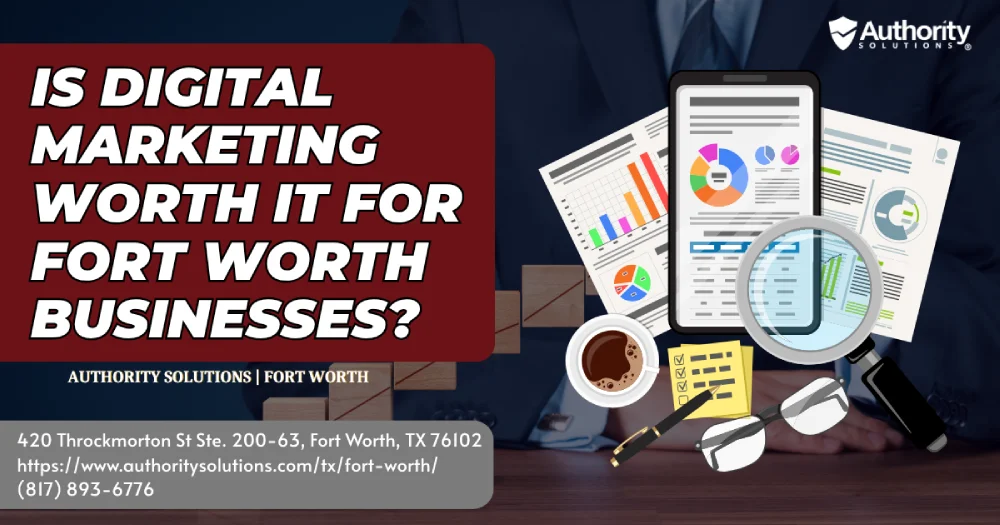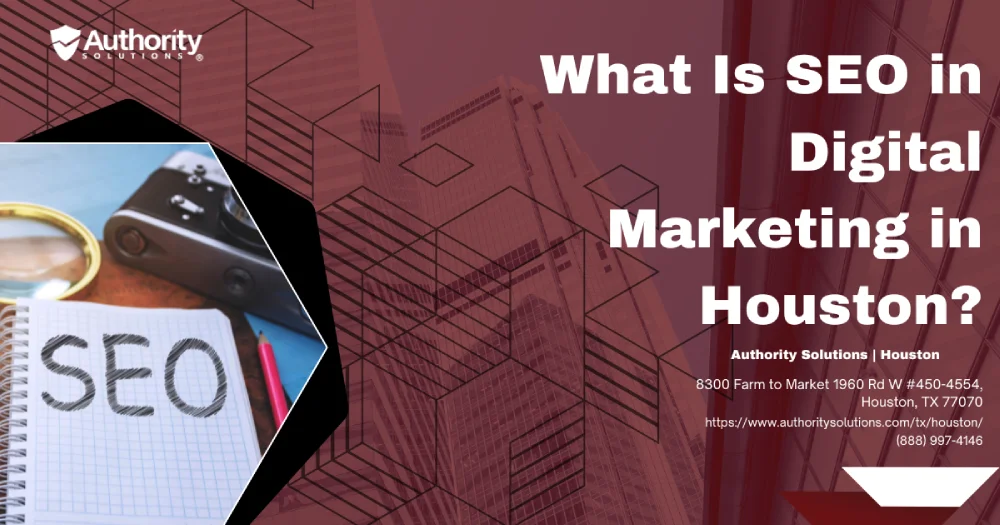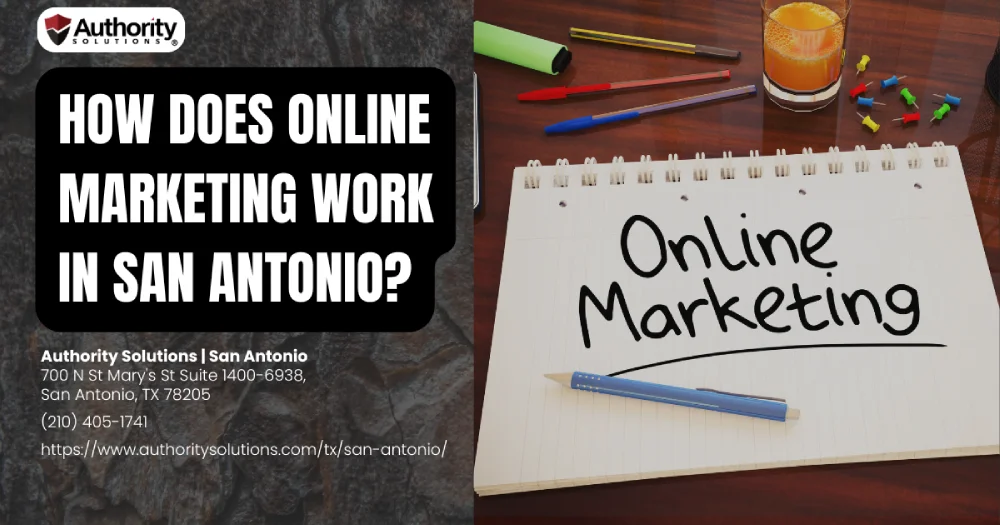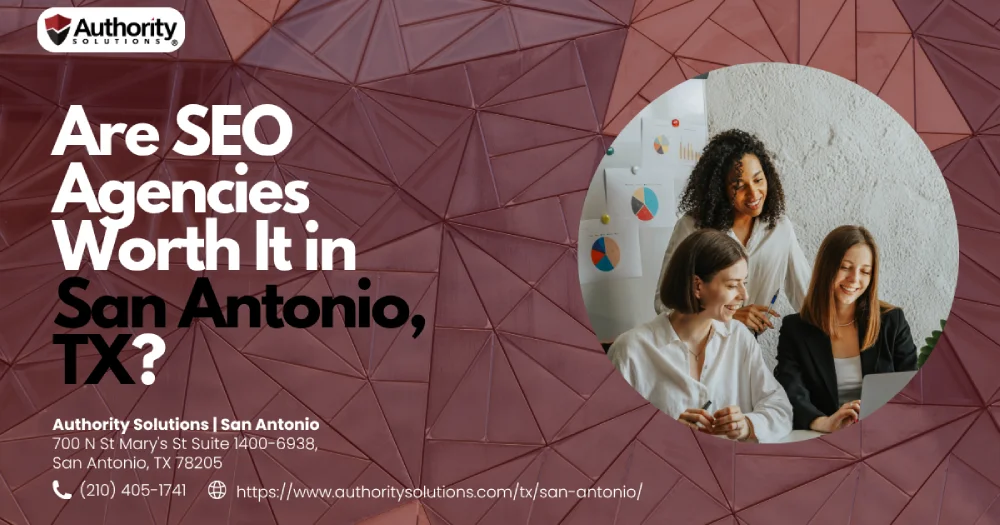What Is On-Page SEO?
On-page SEO (also known as on-site SEO) refers to the practice of optimizing webpages to improve a website's search engine rankings and earn organic traffic. This includes publishing relevant, high-quality content and optimizing elements like headlines, HTML tags (title, meta, and header), and images.
It’s the foundation of a strong online presence—helping your pages become more visible in search results while providing a better experience for users. In this article, we’ll break down the key elements of on-page SEO and how they can boost your rankings, drive organic traffic, and build trust with your audience.
Key Takeaways
- On-Page SEO optimizes individual webpages to improve visibility and ranking in search engine results through targeted techniques.
- It enhances search visibility and attracts organic traffic by aligning title tags and meta descriptions with user search intent.
- A strong focus on user experience, including fast loading times and mobile-friendliness, increases engagement and reduces bounce rates.
- Conducting thorough keyword research and integrating keywords naturally in content helps align with audience intent and improves relevance.
- On-Page SEO establishes a foundation for broader SEO efforts, including effective link building and ongoing content audits for relevance.
What Is On-Page SEO?
On-page SEO, which focuses on optimizing individual webpages, is essential for improving your site’s visibility and ranking in search engine results. This technique involves various strategies to enhance on-page metrics, guaranteeing your content aligns with SEO guidelines. You’ll start with keyword research, strategically placing target keywords in your content, page titles, and meta descriptions. Structuring your content with HTML headers helps search engines understand its hierarchy. Don’t forget about content quality; it should be unique and relevant to your audience. Optimize your URLs for clarity and guarantee fast loading times to enhance user experience. Additionally, user intent plays a crucial role in determining how effectively your content meets the needs of your audience. Lastly, make your site mobile-friendly and consider schema markup to improve search results. All these elements work together to raise your site’s performance, and incorporating multimedia elements can further engage users and enhance their overall experience on your site.
The Importance of On-Page SEO
On-page SEO is essential for enhancing your search visibility and attracting more organic traffic. By optimizing your content, you not only improve user experience but also increase the chances of ranking higher in search results. When done right, it leads to more clicks and greater engagement with your audience. Additionally, effective on-page SEO practices can significantly boost brand credibility by positioning your brand as an industry authority. Regularly implementing content audits ensures that your website remains relevant and can adapt to changing search trends.
Enhances Search Visibility
While many factors influence a website’s search visibility, effective on-page SEO plays an essential role in getting your content noticed. By optimizing title tags and meta descriptions, you can align with current search trends, improving your click-through rates. Utilizing header tags organizes your content, making it easier for search engines to understand. Strategic keyword placement, including local optimization, guarantees your content connects with users’ queries without feeling forced. Quality content is paramount; search engines favor worthwhile, original material. Remember, the top organic results capture the majority of clicks, so enhancing your on-page elements could raise your rankings significantly. On-page SEO establishes the groundwork for other SEO efforts, including link building, which further enhances your site’s authority. Additionally, E-E-A-T factors such as expertise and trustworthiness are critical for improving your content’s credibility. Prioritize these aspects to increase your visibility and connect better with your audience.
Improves User Experience
When you prioritize on-page SEO, you’re not just elevating your search rankings; you’re also enhancing the overall user experience. Fast loading times are essential—if your site takes longer than three seconds, 40% of users will leave. Mobile-friendliness is another key factor, as 61% of users prefer buying from responsive sites. By optimizing your content to match user intent, you’ll increase engagement; remember, 47% of users interact with multiple pieces before connecting with you. Effective guidance, aided by clear menus and internal links, guarantees visitors find what they need quickly. On-page SEO helps search engines analyze website content for relevance to queries, ensuring that users can discover what they are looking for without frustration. Additionally, improved UX content can lead to higher user retention and satisfaction. Incorporating user feedback and conducting experience testing can further refine your site, leading to a more satisfying experience that keeps users coming back.
Increases Organic Traffic
Enhancing your website’s visibility can significantly increase organic traffic, and effective on-page SEO is key to achieving this. When you optimize your content with relevant keywords, you elevate your chances of ranking higher on search engines. For instance, the top organic result boasts a 39.8% click-through rate, while moving from position two to one can generate 74.5% more clicks. By leveraging click strategies, like creating rich snippets and sitelinks, you further enhance your CTR. Remember, longer, high-quality content tends to attract more organic growth, with pages over 3,000 words drawing three times more traffic. In a competitive environment, mastering these on-page techniques is essential for driving sustainable organic traffic to your site. Additionally, internal links can improve navigation and user engagement, further boosting your site’s performance in search results. Implementing on-page SEO best practices helps ensure that your content is structured effectively for both users and search engines.
Key On-Page SEO Techniques
When it comes to on-page SEO, creating unique and helpful content is essential to attract and engage your audience. You also need to strategically place keywords to enhance visibility in search results. Plus, optimizing title tags and meta descriptions can significantly improve your click-through rates, making your content more appealing to potential visitors. Additionally, focusing on search intent ensures that your content aligns with what users are actively seeking, further boosting its effectiveness. User experience plays a crucial role in retaining visitors and encouraging them to explore more of your content.
Unique, Helpful Content
Creating unique, helpful content is essential for effective on-page SEO, as it directly addresses the needs and interests of your audience. Focus on content originality by providing fresh perspectives that differentiate you from competitors. This not only enhances user engagement but also establishes your authority. Make sure your content aligns with user intent and fully answers their queries. Incorporate visuals to improve understanding and break up text for easier reading. Additionally, keyword research helps in identifying the most relevant topics to cover. Remember, authenticity matters; avoid duplicating content and regularly update your material to keep it relevant. By prioritizing helpfulness and reliability, you’ll create a beneficial resource that satisfies your readers, builds trust, and elevates your search engine rankings. Furthermore, longer posts are often more comprehensive and can effectively cover topics, which helps in competing for higher rankings.
Strategic Keyword Placement
Unique, helpful content lays the groundwork for effective on-page SEO, but strategic keyword placement takes it a step further by ensuring your audience can find that essential information. Start by conducting thorough keyword research to identify relevant keywords that reflect your audience’s intent. Place primary keywords in headings and the first paragraph to enhance visibility. Maintaining natural keyword density throughout your content—avoid stuffing, as it can hurt readability and search rankings. Integrate synonyms and related terms to capture broader queries while keeping your writing engaging. Additionally, analyzing user intent can help you create content that succinctly answers user queries, further improving your site’s ranking. On-page SEO is crucial because it helps search engines quickly understand the content of your pages, which directly influences your visibility. Finally, regularly monitor your keyword performance and adjust your strategy based on trends and user feedback. This way, you can maximize your content’s reach and effectiveness.
Title Tags and Meta Descriptions
Effective title tags and meta descriptions are essential components of on-page SEO, as they not only summarize your content but also capture user attention in search engine results. For title tag strategies, keep your tags under 55-60 characters, include the main keyword at the beginning, and guarantee each tag is unique and descriptive. Don’t forget to add your brand name for consistency. With meta description best practices, aim for a limit of 155 characters, providing a concise summary that includes active voice and a call to action. Incorporate relevant keywords without stuffing, and focus on making your descriptions informative. Additionally, optimizing image SEO can further enhance your content’s visibility in search results. Remember, these elements influence click-through rates and can significantly impact your page’s visibility, as well-optimized title tags can improve rankings for focus keywords.
Optimizing Content Elements
When optimizing content elements, it’s essential to focus on key components like title tags, headings, and images, as these significantly impact both user experience and search engine rankings. Start with effective content formatting; use H1 tags for titles and H2 or H3 for subheadings. This structure not only helps users skim through your content but also clarifies its hierarchy for search engines. Don’t forget to include your target keywords in these headings. For image optimization, use descriptive, keyword-rich file names and add alt text that reflects the content. Additionally, ensure image optimization includes relevant and optimized images for size to enhance load times without losing quality. This thoughtful approach improves engagement and comprehension, leading to better search performance. Unique insights about your subject can further enhance the value of your content.
Structuring and Linking
To create a well-structured and linked web page, you need to prioritize both headings and internal linking strategies. Start with a clear heading structure by using H1 for your main title and H2 or H3 tags for subtopics. This not only improves readability but also signals content relevance to both users and search engines. Incorporate target keywords into your headings to enhance visibility.
Next, focus on link optimization through internal linking. Use descriptive anchor text to guide users and search engines, distributing link value across your site. This helps in routing and keeps users engaged longer, reducing bounce rates. By structuring your headings and optimizing your links effectively, you’ll enhance both user experience and SEO performance. Additionally, high-quality content plays a critical role in how search engines rank your pages, making it essential to prioritize it alongside your structural efforts.
Technical and Performance Aspects
Technical and performance aspects of on-page SEO play an essential role in how users interact with your site and how search engines rank it. To enhance site speed, minimize HTTP requests, enable compression, and optimize images. You should also utilize browser caching to improve loading times for repeat visitors. Mobile responsiveness is significant—ensure your site is designed for various devices and loads quickly on mobile. Implement security measures like HTTPS and SSL certificates to protect user data and increase trust. Optimize your URL structure by using clean, descriptive URLs and establishing a logical hierarchy. Lastly, focus on performance metrics such as Largest Contentful Paint (LCP) to measure user experience and make informed improvements. Additionally, technical SEO ensures efficient crawling and indexing by search engines, further enhancing your site’s visibility.
Monitoring and Adjusting SEO Strategies
Optimizing your site’s technical and performance aspects is just the beginning; monitoring and adjusting your SEO strategies is where you truly refine your approach. Start by tracking performance metrics such as keyword rankings and organic traffic using tools like SEMrush and Ahrefs. Regularly analyze your competitors through competitor analysis to identify gaps and new opportunities. Keep an eye on their keyword strategies and backlink profiles to enhance your own content. Automated monitoring solutions guarantee that you can consistently track these metrics over time. Adjust underperforming content based on your findings, optimizing titles and meta descriptions for better click-through rates. Conduct consistent audits and integrate your SEO monitoring with broader marketing strategies. This ongoing process guarantees your SEO remains effective and aligned with your goals, keeping you competitive in a changing environment.
How Authority Solutions® Can Transform Your Online Presence
Authority Solutions® brings a results-driven approach to SEO, helping businesses enhance their digital presence and achieve sustainable growth. By implementing proven strategies and cutting-edge techniques, we ensure that your website not only ranks higher on search engines but also delivers a seamless user experience. Whether it's optimizing on-page elements or addressing technical performance issues, our team is dedicated to driving measurable improvements tailored to your goals.
Every business is unique, and we take pride in crafting personalized SEO solutions that cater to your specific needs. From conducting comprehensive keyword research to developing engaging, high-quality content, our strategies are designed to attract the right audience and increase conversions. By focusing on data-driven insights and the latest SEO trends, we position your business to succeed in the ever-changing digital landscape.
At Authority Solutions®, we don’t just focus on technical aspects like mobile responsiveness and site speed. We also emphasize the importance of content that resonates with your audience. By creating compelling blogs, meta descriptions, and landing pages, we help you build trust with your users while boosting your search engine visibility. Our holistic approach ensures your brand remains relevant and competitive in your industry.
What sets Authority Solutions® apart is our commitment to staying ahead of the curve. The SEO landscape evolves rapidly, and we continuously refine our strategies to keep your website optimized for the latest search engine algorithms. With a focus on long-term success, we aim to provide you with a strong digital foundation that drives traffic, engagement, and growth. Let us help you unlock your website’s full potential.
Conclusion
Mastering on-page SEO is essential for creating a website that stands out in today’s competitive digital environment. From strategic keyword placement to improving user experience, every detail matters when optimizing your pages for both search engines and users. By focusing on these elements, you can significantly boost your visibility, attract organic traffic, and position your brand as a leader in your industry.
Partnering with Authority Solutions® ensures that your SEO strategies are expertly designed and executed. With our proven expertise, innovative techniques, and dedication to your success, we’ll help you achieve your digital goals. Start optimizing today and watch your website thrive in the online marketplace.
Frequently Asked Questions
What is On-Page SEO, and why is it important?
On-page SEO (also known as on-site SEO) refers to the practice of optimizing individual webpages to improve a website’s search engine rankings and attract organic traffic. It involves aligning various on-page elements—like title tags, meta descriptions, headings, images, and page content—with SEO best practices.
This approach not only helps search engines understand the context and relevance of your pages but also ensures that your content meets user intent, improves user experience, and enhances visibility in search results. Publishing high-quality, relevant content is a key part of effective on-page SEO.
How does On-Page SEO differ from Off-Page SEO?
On-Page SEO focuses on elements within your website, such as page content, keyword placement, HTML structure, and internal linking, to optimize for search engines and users. Off-Page SEO, on the other hand, involves external efforts like building backlinks and improving your website's authority through external sources. Both are essential for search engine optimization, but on-page SEO lays the foundation for other strategies to succeed.
What are the most important On-Page SEO factors?
Key on-page SEO factors include optimizing title tags, meta descriptions, headers, and page content. Conducting thorough keyword research and strategically placing target keywords in the content, headers, and URLs are also crucial. Additionally, improving user experience through fast loading times, mobile-friendliness, and clear navigation plays a vital role in ranking higher on search engine results pages.
How does keyword research help with On-Page SEO?
Keyword research identifies the search queries your target audience is using to find relevant content. By integrating these target keywords naturally into your title tags, meta descriptions, and page content, you help search engines understand your web page’s relevance to search queries. This optimization ensures your content is aligned with user intent, increasing your chances of ranking higher in search results.
How do title tags and meta descriptions impact SEO?
Title tags and meta descriptions are critical components of on-page optimization as they provide a preview of your page's content to search engines and users. A well-crafted title tag should include your target keyword and be concise yet descriptive. Meta descriptions, while not a direct ranking factor, influence click-through rates by encouraging users to visit your page from search engine results pages.
How can I optimize my website for user experience?
Optimizing for user experience involves improving site performance, ensuring mobile responsiveness, and creating high-quality content that aligns with user intent. Make sure your pages load quickly, navigation is intuitive, and your page content answers search queries effectively. These enhancements help users stay engaged and also help search engines understand the value of your content.
What role does content quality play in On-Page SEO?
High-quality content is a crucial ranking factor as it directly addresses user needs and aligns with their search intent. Search engines prioritize content that is unique, informative, and engaging, which helps users find the answers they are looking for. Regularly updating your page content to reflect the latest trends and keywords ensures relevance and better search engine rankings.
How does On-Page SEO help search engines understand my website?
On-Page SEO uses structured elements like headers, HTML tags, and internal links to help search engines understand the content and hierarchy of your website. For example, properly formatted title tags and meta descriptions make it easier for search engines to identify the purpose of each web page. This clarity improves indexing and increases your website’s visibility in search results.
Can On-Page SEO alone improve my search engine rankings?
While on-page SEO is essential for laying the groundwork for search engine optimization, it works best when combined with off-page SEO strategies. On-page factors like keyword optimization, meta descriptions, and internal linking help search engines understand your content, while off-page efforts like building backlinks enhance your site’s authority. Together, on-page and off-page SEO create a holistic strategy for improving search engine rankings.
What are some best practices for On-Page SEO?
Some best practices for on-page SEO include conducting thorough keyword research, optimizing title tags and meta descriptions, and ensuring fast loading times. Additionally, use headers and subheaders to structure your content and include internal links to guide users through your site. By following these practices, you enhance both user experience and search engine visibility, helping your pages rank higher in search results.

